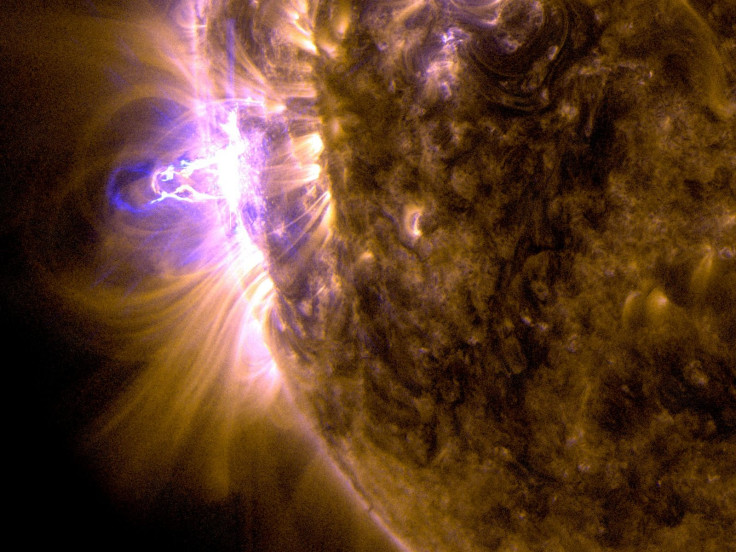NOAA Observing Slow-Moving Solar Flare Explosion On The Sun
KEY POINTS
- NOAA's SWPC discovered a slow-developing solar flare on the sun
- The solar flare may erupt into a coronal mass ejection
- CMEs could trigger disruptive geomagnetic storms on Earth
A space weather agency is currently monitoring a solar flare that’s slowly developing on the sun’s surface. According to the agency’s data, the solar flare could erupt into a coronal mass ejection (CME).
The development of the solar flare is currently being monitored by the National Oceanic and Atmospheric Administration’s (NOAA) Space Weather Prediction Center (SWPC). The SWPC relies on the data collected by NOAA’s Geostationary Operational Environmental Satellite (GOES) to monitor the solar flare.
According to the SWPC’s observations, the solar flare has been slowly developing on the sun’s surface for the past couple of days.
SpaceWeather.com, which analyzed SWPC’s data, explained that even though the developing solar flare has a relatively low amplitude, it is still able to sustain itself. The site noted that the solar flare has already emitted a blast wave through the sun’s atmosphere, or corona, that could turn into a CME.
The site did not mention if the possible CME has a chance of hitting Earth within the next couple of days. According to the SWPC, CMEs are composed of blobs of plasma that contains high energy particles from the sun.
The agency noted that depending on their speed, it could take about 18 hours or a couple of days for CMEs from the sun to reach Earth. Once they hit Earth, these particles can interfere with the planet’s magnetic field and trigger geomagnetic storms.
These cosmic storms could disrupt various facilities and equipment on Earth that rely on electricity and radio waves to operate. This means that during geomagnetic storms, affected areas might experience power outages and disruptions in radio communication. Aside from Earth-based facilities and equipment, satellites in low-Earth orbit can also get affected by geomagnetic storms.
“The local heating also creates strong horizontal variations in the in the ionospheric density that can modify the path of radio signals and create errors in the positioning information provided by [global positioning systems],” the SWPC explained. “While the storms create beautiful aurora, they also can disrupt navigation systems such as the Global Navigation Satellite System (GNSS) and create harmful geomagnetic induced currents (GICs) in the power grid and pipelines.”

© Copyright IBTimes 2024. All rights reserved.





















